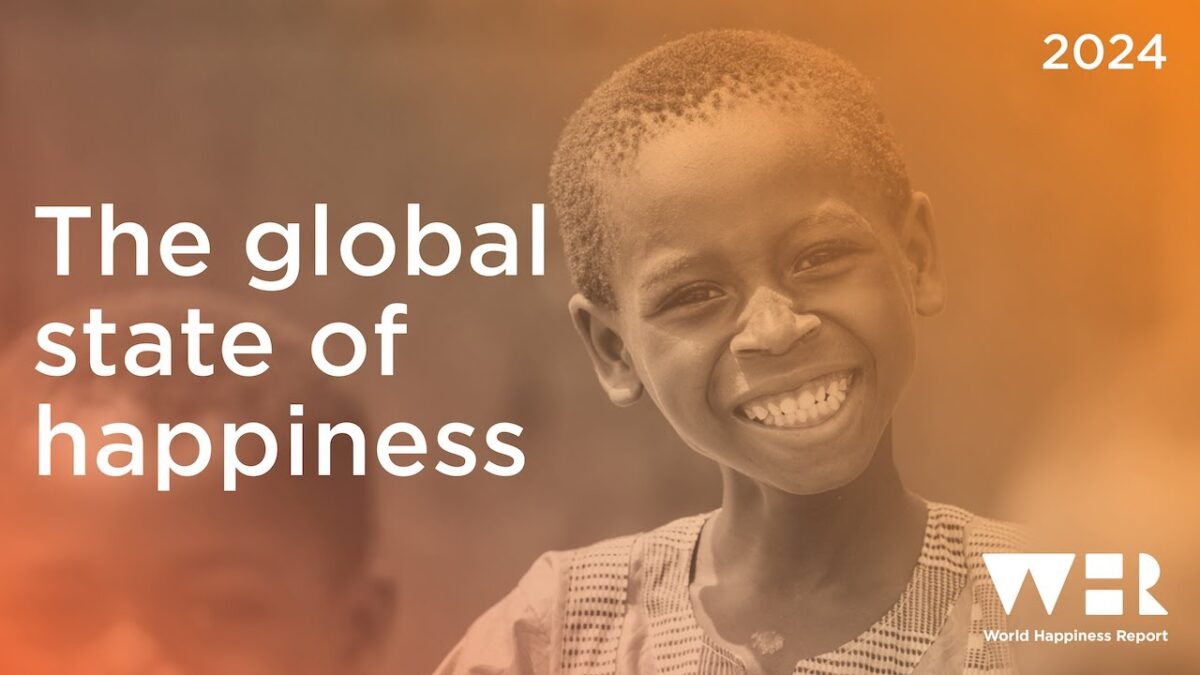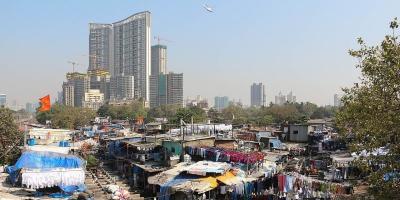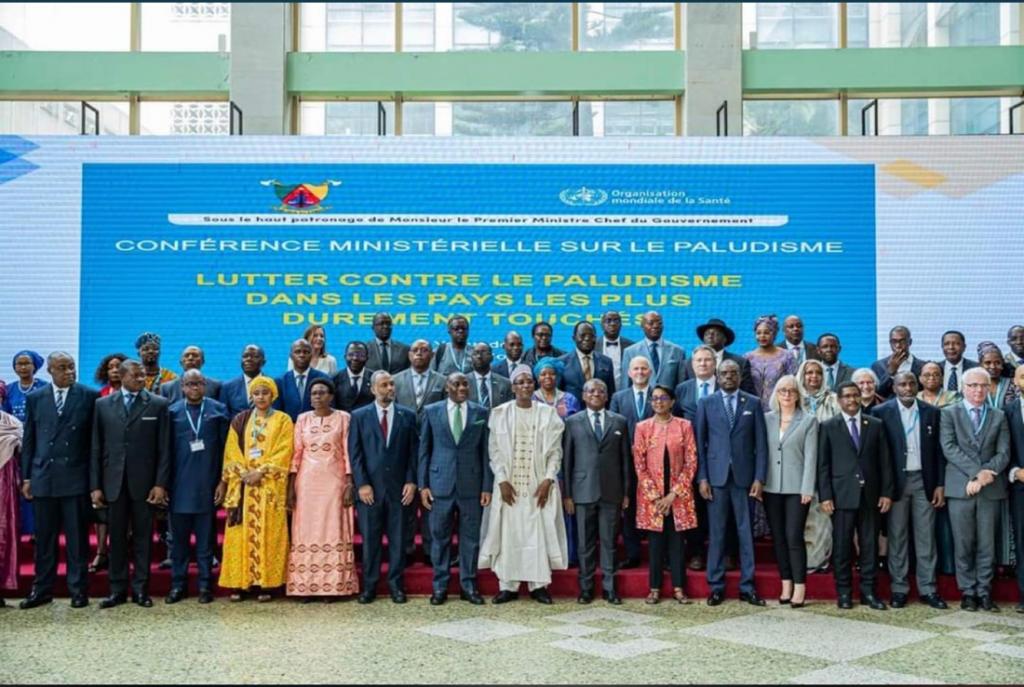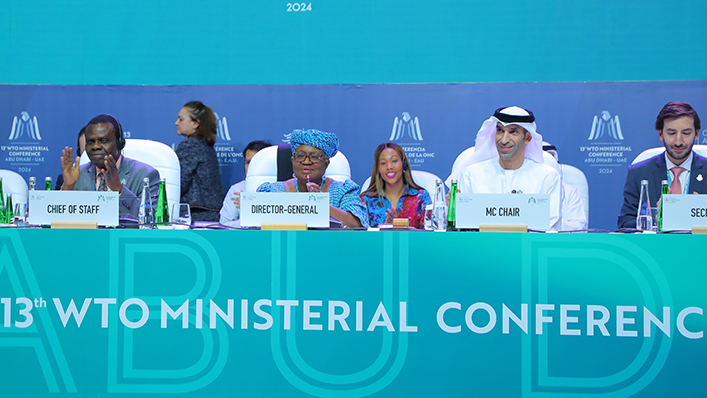- In 2022, India ranked 134 out of 193 countries on the United Nations Human Development Index (HDI), up from 135 in 2021, according to the UNDP. Switzerland has been ranked number one.
The Human Development Index (HDI)-
About
The Human Development score (HDI), first introduced by the UNDP in 1990, is a statistical composite score. It assesses a country’s average performance across three key dimensions:
- Health: This component is represented by life expectancy at birth. It reflects the population’s overall health and well-being, as well as their ability to receive healthcare.
- Education: This dimension covers metrics such as predicted years of schooling for entering students and average years of schooling for adults. It analyses a country’s educational attainment and educational opportunities.
- Standard of Living: This dimension is calculated using Gross National Income (GNI) per capita, adjusted for purchasing power parity (PPP). It reflects the population’s economic well-being and living standards, such as income and access to basic necessities.
Background
- Mahbub ul Haq, a Pakistani economist, and Amartya Sen, an Indian economist, co-developed the Human Development Index. It is used by the United Nations Development Programme (UNDP) to evaluate a country’s progress as part of the Human Development Report.
- In addition to the Human Development Index (HDI), the United Nations Development Programme (UNDP) presents the Human Development Report (HDR), which
- Multidimensional Poverty Index (MPI),
- Inequality-adjusted Human Development Index (IHDI),
- Gender Inequality Index(GII) since 2010 and
- Gender Development Index (GDI) since 2014
Key Points as per Report-
- According to the report, India’s rank on the Human Development Index (HDI) increased from 135 in 2021 to 134 in 2022, with small gains in life expectancy and GNI per capita.
- India ranks lower than its southern neighbour Sri Lanka (ranked 78) and China (ranked 75) in the High Human Development category, as well as Bhutan (ranked 125) and Bangladesh (ranked 129) in the Medium Human Development category.
- Reducing inequities: According to the research, there is a backward trend in reducing gaps between wealthy and poor countries. Despite our interconnected global communities, there is a lack of collective action on climate change, digitization, poverty, and inequality, resulting in a growing human development gap.
- Challenges of Democracy: While nine out of ten people worldwide support democracy, more than half express support for leaders who may damage it. Political polarisation and minimal control over government decisions are common, resulting in protectionist or inward-turning policy responses.
Action Plans as per the report-
- Foster multilateral cooperation and collaboration among governments, NGOs, enterprises, and stakeholders to tackle global challenges together. This could include encouraging communication, collaboration, and agreements that support common goals and responsibilities.
- Policy Coordination: Improve coordination and coherence in policymaking at the national and international levels to ensure that policies handle interconnected issues completely. This may entail integrating multiple perspectives, harmonising strategy across industries, and maximising resource use.
- Increase investments in sustainable development programmes that prioritise environmental protection, social fairness, and economic growth. This could include money for renewable energy, education, healthcare, infrastructure, and poverty-relief initiatives.
- Empowering Communities: Encourage local communities and grassroots organisations to participate in decision-making and problem-solving activities. This could include offering resources, capacity-building assistance, and forums for civic engagement.
- Encourage discussion, empathy, and mutual understanding across varied cultures in order to reduce polarisation and enhance social cohesion. This could include fostering education, cultural exchange programmes, media literacy, and activities that encourage tolerance and respect for human rights.
- Transparency and Accountability: Improve the transparency, accountability, and integrity of governance structures and institutions in order to restore citizen trust and confidence. This could include increasing anti-corruption measures, encouraging open government efforts, and ensuring inclusive and participatory decision-making procedures.
- Invest in education, public awareness campaigns, and media literacy programmes to raise understanding of global issues, their interconnectedness, and the significance of collective action. This could promote a sense of shared responsibility and garner public support for collaborative solutions.
- Encourage inclusive economic growth that benefits all segments of society, decreases inequality, and promotes opportunity for marginalised groups. This could include enacting policies that encourage job creation, entrepreneurship, social protection, and access to basic amenities.
- Building Resilience: Invest in readiness, adaptation, and mitigation techniques to address global threats such as climate change, pandemics, and economic crises. This could include improving healthcare systems, disaster risk reduction strategies, and social safety nets.
- Advocacy and Leadership: Encourage political leadership and commitment at all levels to prioritise collective action and successfully solve common concerns. This could entail rallying political support, meeting with legislators, and keeping leaders accountable for their decisions.
Conclusion-
To address global challenges and ensure a sustainable future, multilateral cooperation, policy coordination, sustainable development investment, community empowerment, dialogue, transparency, education, inclusive economic growth, resilience building, and advocacy for leadership are essential.
Source: https://m.economictimes.com/news/economy/indicators/india-ranked-134-out-of-193-countries-on-united-nations-human-development-index-for-2022/articleshow/108486435.cms#:~:text=India's%20ranking%20on%20the%20United,as%20highlighted%20by%20the%20UNDP.










